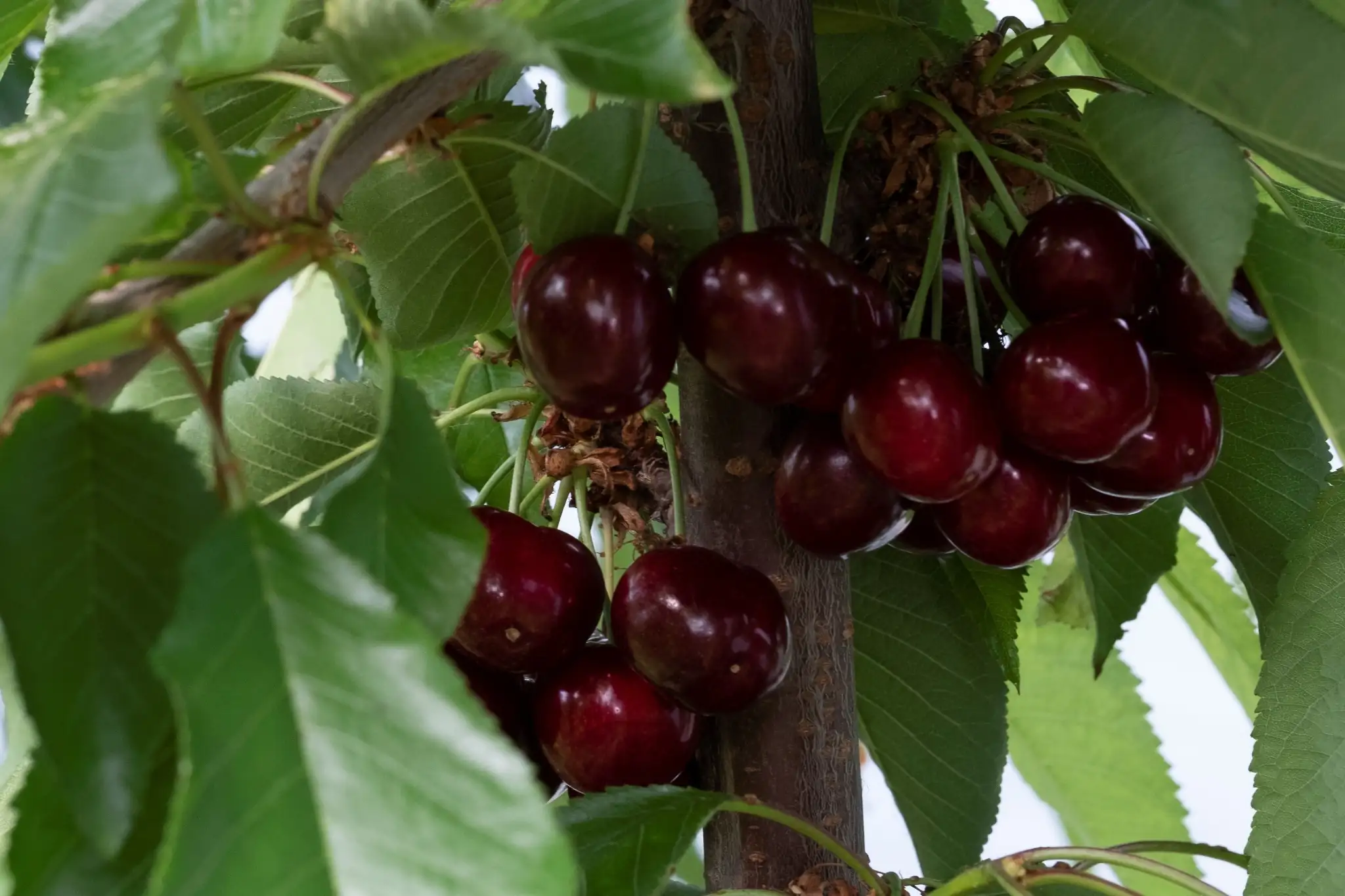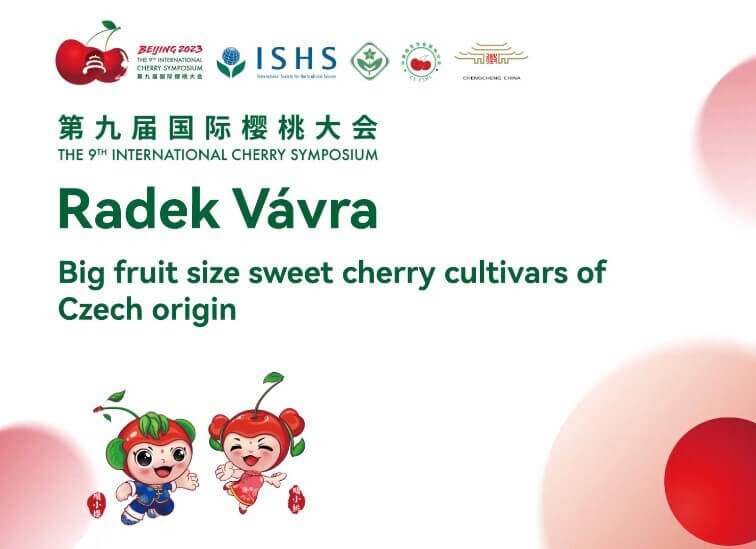A recent study conducted in a private nursery in northwestern Romania analyzed the influence of grafting time on the quality and quantity of planting material obtained. The cherry varieties used in the study were "Kordia" and "Carmen," grafted onto the Prunus mahaleb rootstock. The objective was to identify the most suitable grafting period to achieve optimal results in terms of yield and plant material quality. The data showed that grafting time plays a crucial role, with the best results achieved when grafting was performed on August 10.
The Mahaleb rootstock, chosen for its drought tolerance and early productivity, proved ideal for the two varieties. However, it is sensitive to poorly drained soils, making careful agronomic management essential. The Kordia variety, highly productive and characterized by strong vigor, exhibited a marked difference in vegetative growth based on the grafting date.
August 10 emerged as the ideal time, resulting in a significantly higher percentage of buds entering vegetative growth compared to grafting at later dates. Similarly, the Carmen variety, known for its large fruits, excellent organoleptic quality, and medium-to-low vigor, showed higher success rates and growth when grafted on August 10.
In spring, bud vegetative development was influenced by the grafting time. For the Carmen variety, 63.2% of buds grafted on August 10 entered vegetative growth, compared to 53.5% in the control group. The Kordia variety showed a similar trend, with 56.6%. In both cases, the results demonstrated how grafting time affects growth response and uniformity. Additionally, tree height growth also showed differences.

Trees grafted on August 10 reached greater heights compared to those grafted at other times. For example, in the Carmen variety, the average height was 148 cm, compared to 142 cm in the control. These results further confirm the importance of grafting timing in achieving trees with optimal growth and productivity.
However, overall tree yield showed some variations. For the Carmen variety, grafting on August 10 resulted in higher production per hectare compared to the control. Conversely, the Kordia variety did not exhibit significant differences among the various grafting dates.
These findings highlight the importance of carefully selecting the grafting time to maximize the quality of the planting material that will later be used in the field. Precise agronomic management, based on correct techniques and timing, can make a significant difference. Factors such as compatibility, execution precision, and attention to detail are critical for successful operations. In this study, grafting on August 10 was identified as the optimal time to produce high-quality trees with rapid vegetative recovery and enhanced growth.
This study provides valuable insights, particularly for managing cherry trees in nurseries, showing how small adjustments can significantly impact results, improve plant quality, and ensure a more productive future.
Source: Venig, A., Venig, A., & Iordănescu, O. (2023). Research regarding the influence of grafting moment on the quality and quantity of the cherry tree planting material. Annals of the University of Oradea.
Images: SL Fruit Service
Andrea Giovannini
University of Bologna (IT)
Cherry Times - All rights reserved













